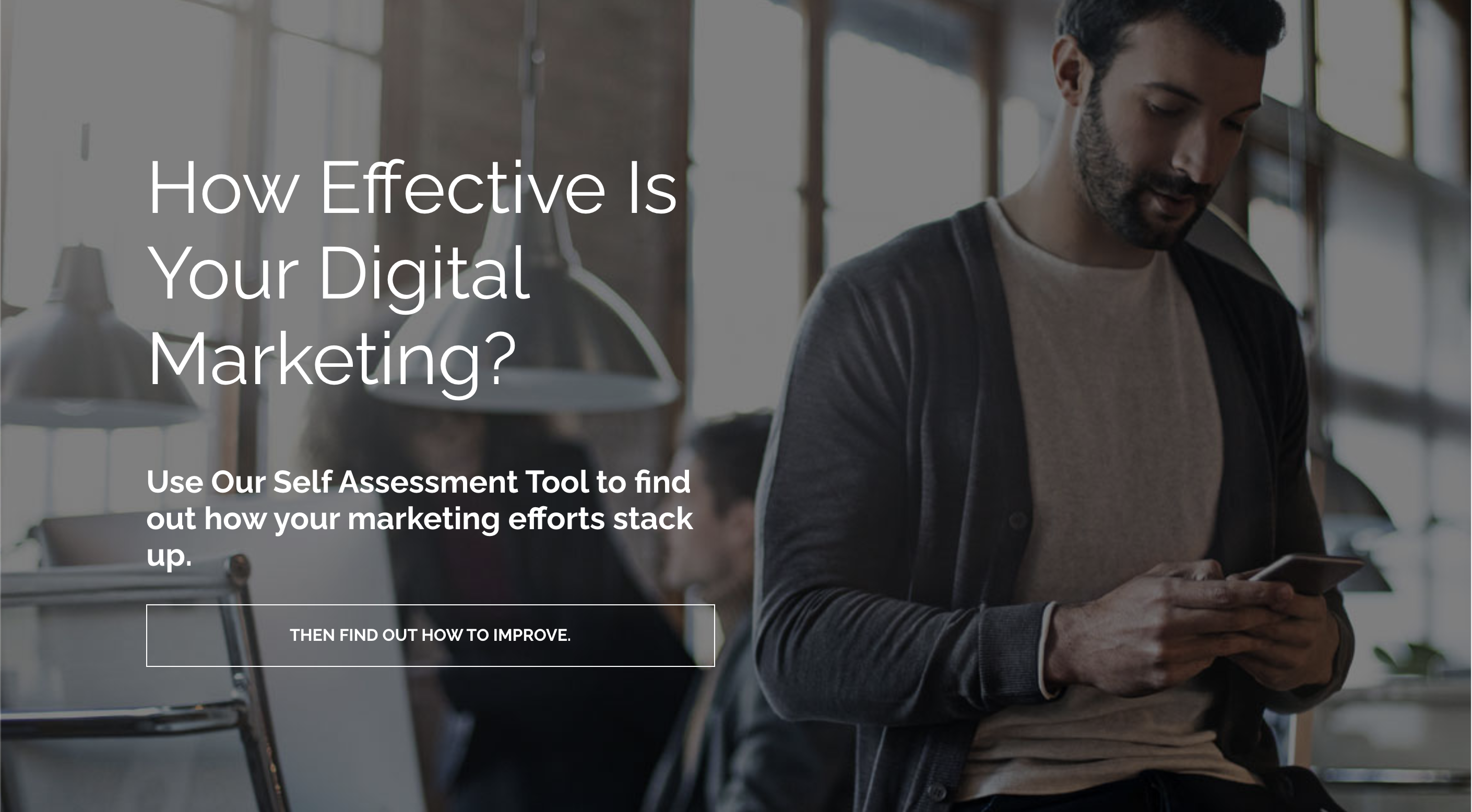Data has become the lifeblood of marketing. The ability to collect, analyze, and leverage data has  revolutionized the way businesses engage with their customers. Data-driven marketing is not just a buzzword; it's a fundamental shift in how companies craft their strategies and make informed decisions. In this blog, we'll dive into the world of data-driven marketing and explore how businesses can turn insights into actionable strategies.
revolutionized the way businesses engage with their customers. Data-driven marketing is not just a buzzword; it's a fundamental shift in how companies craft their strategies and make informed decisions. In this blog, we'll dive into the world of data-driven marketing and explore how businesses can turn insights into actionable strategies.
The Power of Data
Data-driven marketing is about using data to understand your audience, monitor the performance of your marketing efforts, and adjust your strategies in real-time. Here are some key advantages:
Precise Targeting
Data allows businesses to define and understand their ideal customers. With detailed customer profiles, you can target your marketing efforts more precisely, resulting in higher conversion rates.
Personalization
Data enables personalized marketing strategies. Tailored content, product recommendations, and messaging based on user behavior can significantly improve customer engagement and loyalty.
Performance Analysis
Data helps you measure the performance of your marketing campaigns. You can determine which strategies are working and which need adjustments, thereby optimizing your budget and resources.
Real-Time Decision Making
With access to real-time data, businesses can make quick and informed decisions, adjusting strategies on the fly to react to changing market conditions or customer preferences.
Turning Data into Action
Collecting data is only the first step; the true power of data-driven marketing lies in translating those insights into actionable strategies. Here's how to do it effectively:
Data Collection and Analysis
Start by collecting relevant data from various sources. This could include website analytics, social media metrics, customer surveys, and more. Once collected, analyze the data to identify patterns, trends, and areas for improvement.
Define Clear Objectives
Set specific marketing objectives based on your insights. For example, if you discover that your email click-through rates are low, your objective might be to increase email engagement.
Segmentation
Use your data to segment your audience. Create different customer personas based on demographics, behaviors, or preferences. Tailor your marketing strategies to each segment for a more personalized approach.
Content Creation
Develop content that resonates with your audience segments. Whether it's blog posts, email campaigns, or social media content, ensure that your messaging aligns with the needs and interests of each group.
Testing and Optimization
Implement A/B testing to refine your strategies. Experiment with different ad creatives, subject lines, or content formats. Analyze the results and make data-driven decisions to improve your marketing.
Automation
Automate marketing tasks using data. For instance, you can set up automated email sequences triggered by specific user actions, such as signing up for a newsletter or abandoning a shopping cart.
Feedback Loop
Encourage customer feedback and use it to enhance your strategies. Customer opinions and suggestions can be invaluable for refining your approach.
Data-Driven Marketing in Action
Let's explore a few examples of how data-driven marketing can be applied in real-life scenarios:
E-commerce
An online retailer uses data to track user behavior on its website. It notices that many users abandon their shopping carts during the checkout process. By analyzing the data, the retailer identifies common reasons for abandonment, such as unexpected shipping costs. In response, they implement a free shipping promotion for orders over a certain amount. This data-driven strategy increases the conversion rate and average order value.
Email Marketing
A software company collects data on how different user segments engage with their emails. They find that existing customers are more likely to open emails related to product updates, while leads respond better to educational content. With this insight, they create targeted email campaigns for each segment, resulting in higher open and click-through rates.
Social Media Advertising
A clothing brand discovers through social media analytics that their audience engages most with video content showcasing their products in real-life situations. They allocate more of their ad budget to video ads and create a series of videos featuring customers wearing their clothing in everyday scenarios. Engagement and conversion rates soar.
The Road to Success
Data-driven marketing is an ongoing process that requires continuous improvement. Here are some tips to ensure success:
- Invest in the Right Tools: Utilize marketing analytics and automation tools to simplify data collection and analysis. Tools like Google Analytics, CRM systems, and marketing automation platforms are invaluable for data-driven marketing.
- Stay Informed: Keep up with the latest trends in marketing, technology, and data analytics. The digital landscape is constantly evolving, and staying informed is essential for staying competitive.
- Protect Customer Privacy: Be mindful of data privacy regulations and customer concerns. Ensure that your data collection and usage practices are transparent and compliant with relevant laws.
- Adapt and Experiment: Don't be afraid to experiment with new strategies and technologies. Data-driven marketing is about learning and adapting. Be open to trying new approaches and iterating based on data-driven insights.

